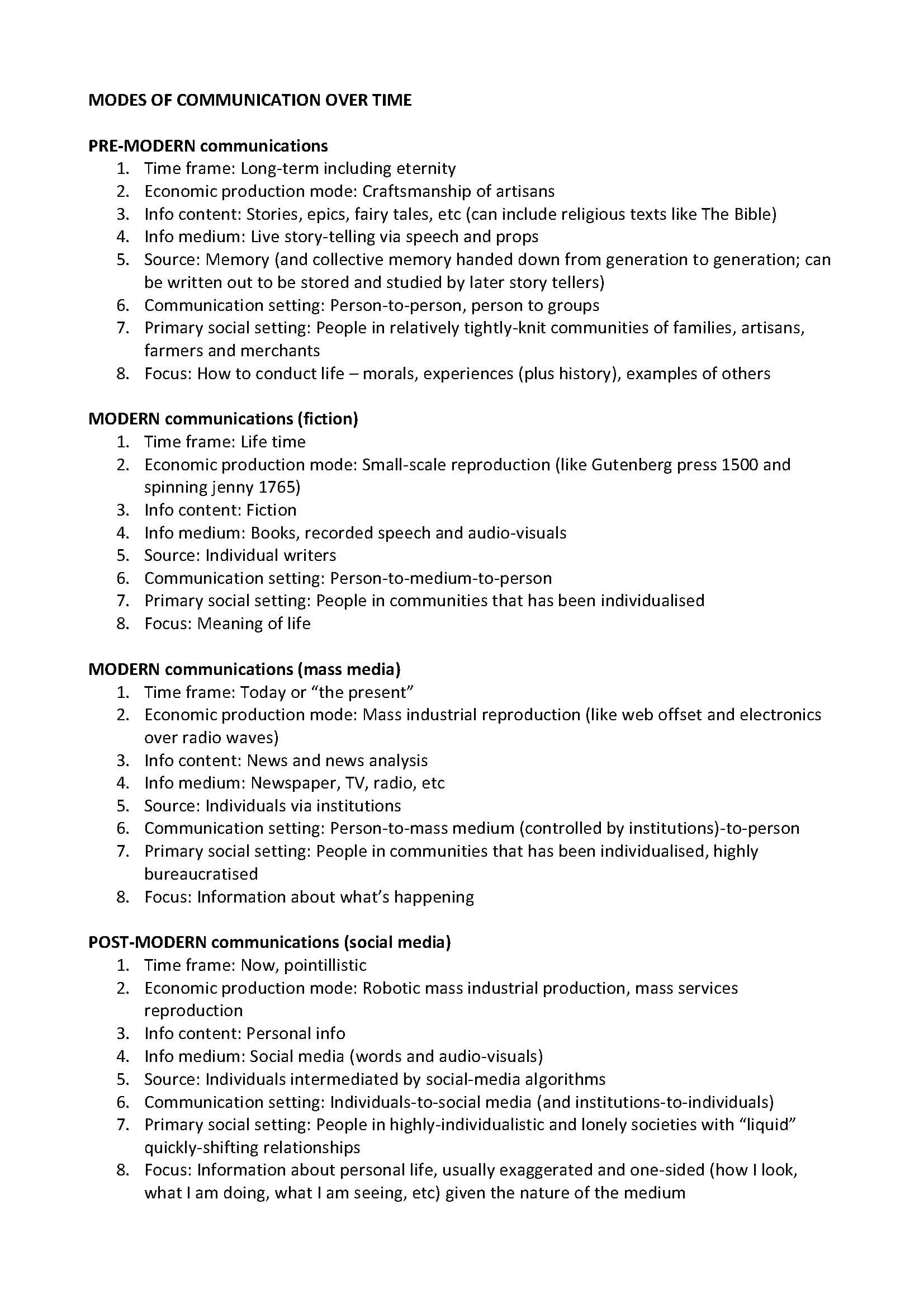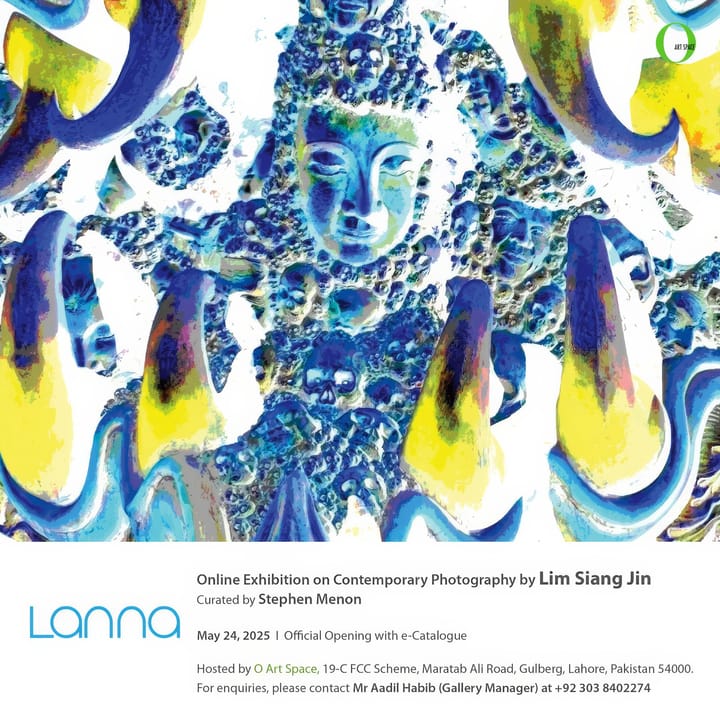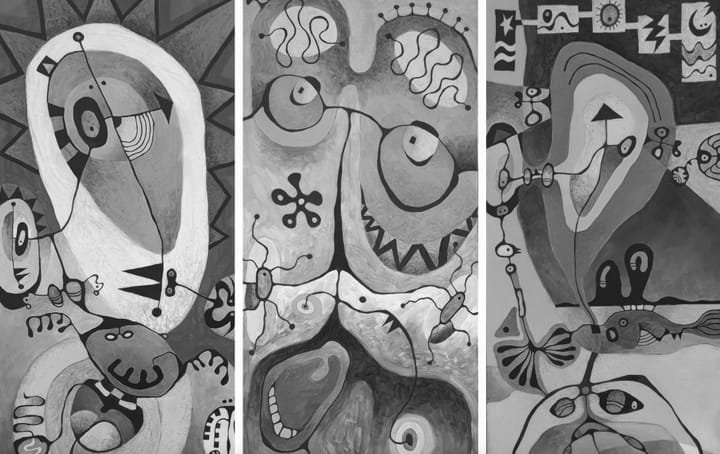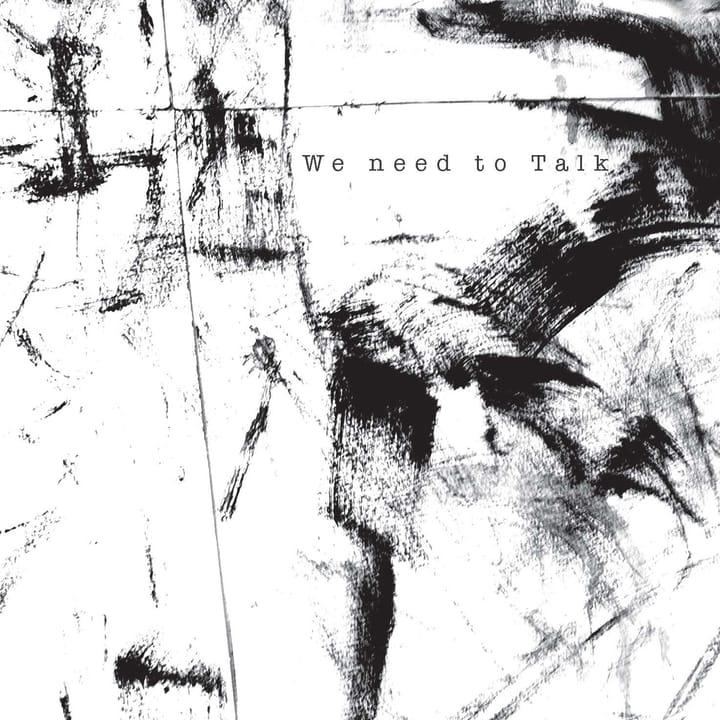Can traditional story telling be incorporated into art?

WALTER BENJAMIN, in his essay The Story Teller, bemoaned the decline of traditional storytelling in the modern era. The ancient art of oral storytelling, rooted in direct experience and communal interaction, he believed, was all but gone. Telling stories in his days (1892-1940) was dominated by written literature, especially mechanically-produced ones in an increasingly fragmented, fast-paced society.
Benjamin also showed how storytelling as a whole, which conveyed collective human experiences and values, offering a richer understanding of life, was fading in the modern era. Moreover, modernity’s emphasis on information over experience had eroded the storyteller’s authority.
Today, with social media, we have info-sharing on steroids; sadly, despite the information onslaught, there is not much in the way of meaningful interaction among the socialised individuals that we are. Indeed, we are more alienated and lonely than ever before.
Reading Benjamin’s The Story Teller a couple of years back, I came away with the idea that we could put the way we communicated into a historical schema – from the time of the oral tradition to today’s social-media-dominated world. From that, I hope to learn more about how (if it is at all possible) to incorporate traditional story-telling into art.



